Home>Ideas and Tips>Indoor String of Pearls Care Tips for Trailing Succulents
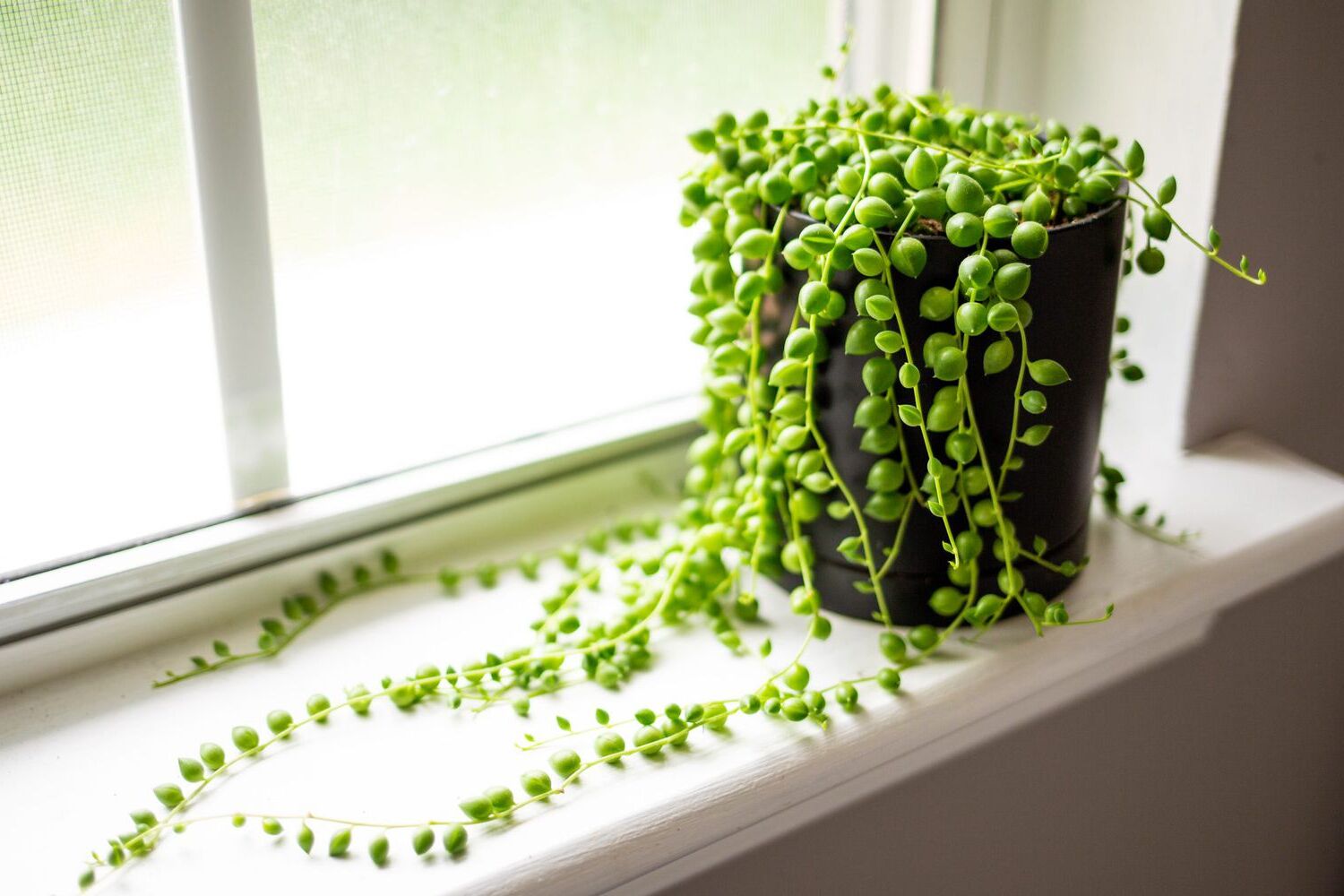

Ideas and Tips
Indoor String of Pearls Care Tips for Trailing Succulents
Published: September 24, 2024
Discover essential tips for caring for your indoor String of Pearls succulent, from lighting and watering to propagation and pest control.
(Many of the links in this article redirect to a specific reviewed product. Your purchase of these products through affiliate links helps to generate commission for Storables.com, at no extra cost. Learn more)
The String of Pearls, scientifically known as Senecio Rowleyanus, is a unique and captivating trailing succulent that has become a favorite among plant enthusiasts. Its distinctive appearance, with small, spherical leaves resembling pearls, makes it a stunning addition to any indoor space. In this article, we will delve into the detailed care requirements for growing and maintaining a healthy String of Pearls plant indoors, providing you with the best tips to ensure your plant thrives.
Introduction to String of Pearls
The String of Pearls plant originates from the southern tip of Africa, where it grows in arid conditions. This succulent is part of the Asteraceae family and is known for its trailing stems adorned with small, round leaves that resemble pearls. The plant's unique appearance and low-maintenance requirements make it an ideal choice for both beginners and experienced gardeners.
Toxicity Warning
It is essential to note that the String of Pearls plant is toxic to humans and pets. The sap of the plant can cause dermatitis and severe skin irritations, so it is crucial to handle the plant with care and keep it out of reach of children and pets.
Choosing the Right Potting Mix
When it comes to potting your String of Pearls, using the right soil mix is crucial. The plant requires well-draining soil to prevent root rot, which is a common issue with succulents. Here are some tips for selecting the perfect potting mix:
- Cactus Potting Mix: A cactus potting mix is an excellent choice for your String of Pearls. These mixes typically contain a combination of soil and sand, which helps in soil aeration and ensures that water flows freely through the soil.
- Sandy Soil: Sandy soil is also highly recommended for your String of Pearls. Adding perlite to the mix can further enhance drainage and prevent waterlogging.
- Avoid Overwatering: Succulents are prone to root rot if the soil is too moist. Ensure that your potting mix has good drainage properties to prevent this issue.
Lighting Requirements
Lighting is one of the most critical factors in caring for your String of Pearls. While the plant can tolerate some direct sunlight, it prefers bright but indirect light. Here’s how to provide the right lighting:
- Direct Sunlight: Direct sunlight can scorch the leaves and cause heat stress. It is best to place your String of Pearls near a window that receives direct sunlight in the morning and then move it to a spot with diffused light or partial shade in the afternoon.
- Indirect Light: Placing your String of Pearls in a bright room with indirect light is ideal. East-facing windows are particularly suitable as they provide gentle, indirect sunlight throughout the day.
- Artificial Grow Lights: If you live in an area with limited natural light, you can use artificial grow lights to provide the necessary light for your plant. This is especially useful during winter months when natural light may be scarce.
Watering Tips
Watering your String of Pearls requires careful attention. Succulents are drought-tolerant but can be susceptible to root rot if overwatered. Here’s how to water your plant effectively:
- Watering Frequency: Water your String of Pearls sparingly, especially during the winter months. The plant should be watered about once every two weeks or less, depending on the humidity levels and temperature of your environment.
- Soil Moisture Check: To determine if your plant needs water, stick your finger about an inch into the soil. If it feels dry, it is time to water the plant.
- Avoid Overwatering: Overwatering is the most common cause of death in succulents. Ensure that the soil is moist but not waterlogged. If you notice the leaves flattening or becoming translucent and soft, it may be a sign that the plant needs more water.
- Watering Schedule: Keep the plant’s soil lightly moist during its growing season (spring and summer) and then reduce watering during winter months. In dryer climates, you may need to water more frequently.
Temperature and Humidity
String of Pearls plants thrive in indoor temperatures between 70-85°F (21-29°C). They are comfortable with normal humidity levels and do not require extra moisture, misting, or a humidifier. Here’s how to maintain the right temperature and humidity:
- Temperature Range: The ideal temperature range for your String of Pearls is between 70-85°F (21-29°C). Avoid placing the plant near heating vents or air conditioning units to prevent temperature fluctuations.
- Humidity Levels: The plant is comfortable with normal humidity levels and does not require extra moisture. However, if you live in an area with low humidity levels, you can place a tray of water near the plant to increase the humidity in the surrounding environment.
Fertilization
String of Pearls plants do not require much fertilizer. However, providing a boost of nutrients during the growing season can help promote healthy growth. Here’s how to fertilize your plant:
- Fertilizer Type: Use a succulent water-soluble fertilizer to provide nutrients to your plant. This type of fertilizer is specifically designed for succulents and will not cause over-fertilization.
- Fertilization Schedule: Fertilize your String of Pearls in the spring and summer only. Avoid over-fertilizing as this can cause the plant to grow too quickly, making it more susceptible to pests and diseases.
Propagation
Propagating your String of Pearls is relatively easy and can be done through stem cuttings or soil propagation. Here’s how to propagate your plant:
- Stem Cuttings: Cuttings from the trailing stems can be used to propagate new plants. Remove any dead or damaged leaves from the cutting and plant it in well-draining soil. Water sparingly until roots develop.
- Soil Propagation: You can also propagate your String of Pearls by placing the trailing stems directly into the soil. This method is particularly useful for filling in bare areas or creating new plants.
Common Pests and Diseases
String of Pearls plants are susceptible to various pests and diseases, especially if they are not properly cared for. Here are some common issues you might encounter:
- Aphids, Mites, Whiteflies, Gnats, Mealybugs, and Ants: These insects often target succulents if the plant is unhealthy. Poor drainage, high humidity, overcrowding, and insufficient light can weaken the defenses of the plant. Regularly inspect your plants for pests and use organic pest control methods like neem oil and insecticidal soap before resorting to synthetic pesticides.
- Root Rot: Overwatering is the primary cause of root rot in succulents. Ensure that your potting mix has good drainage properties to prevent waterlogging. If you notice any signs of root rot, such as squishy or translucent leaves, remove the affected roots and repot the plant in fresh soil.
- Leaf Drop: Leaf drop can occur due to various reasons such as underwatering, overwatering, or exposure to extreme temperatures. Adjust your watering schedule and ensure that the plant is receiving the right amount of light and temperature.
Overwintering
If you live in an area with freezing winters, it is essential to overwinter your String of Pearls plant indoors. Here’s how to prepare your plant for the winter months:
- Temperature Control: Keep the plant in a non-heated room with temperatures just above freezing (35-44°F or 2-7°C). This cool-down period will help the plant prepare for dormancy.
- Light Requirements: Ensure that the plant receives at least six hours of light during the winter months. This will help maintain its health and promote flowering when the growing season begins.
- Watering Schedule: Water very rarely during the dormant period, about once a month. This will help prevent root rot and ensure that the plant remains healthy until spring.
How to Get Your String of Pearls to Bloom
While String of Pearls plants rarely bloom indoors, they can produce small, daisy-like white flowers with long red stamens and bright yellow anthers during the summer months. Here’s how to encourage blooming:
- Cool-Down Period: Give your plant a cool-down period with temperatures just above freezing (35-44°F or 2-7°C). This will help induce flowering when the growing season begins.
- Fertilization: Fertilize your plant regularly during the spring and summer months. This will provide the necessary nutrients for blooming.
- Light Requirements: Ensure that your plant receives bright, direct sunlight during the day. A bright windowsill with several hours of direct sun is adequate for flowering.
Conclusion
Caring for your String of Pearls plant indoors requires attention to its lighting, watering, temperature, and fertilization needs. By following these tips, you can ensure that your plant thrives and remains healthy. Remember to avoid overwatering, provide well-draining soil, and ensure that your plant receives the right amount of light and temperature. With proper care, your String of Pearls will become a beautiful and unique addition to any indoor space.
By understanding the specific needs of your String of Pearls plant, you can enjoy its unique beauty for years to come. Whether you are a beginner or an experienced gardener, these tips will help you navigate the world of succulent care and keep your String of Pearls thriving in any environment.
Was this page helpful?
At Storables.com, we guarantee accurate and reliable information. Our content, validated by Expert Board Contributors, is crafted following stringent Editorial Policies. We're committed to providing you with well-researched, expert-backed insights for all your informational needs.
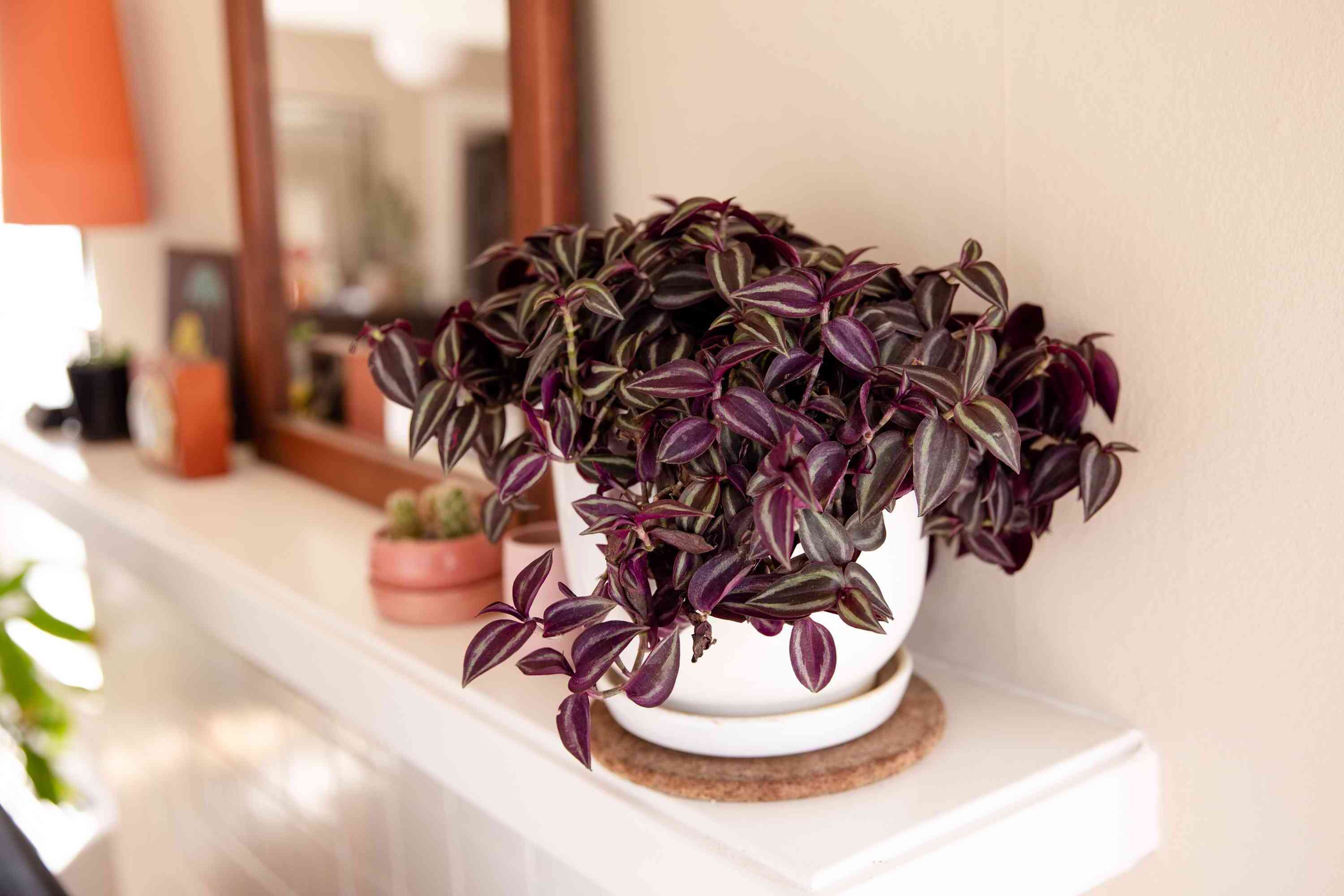

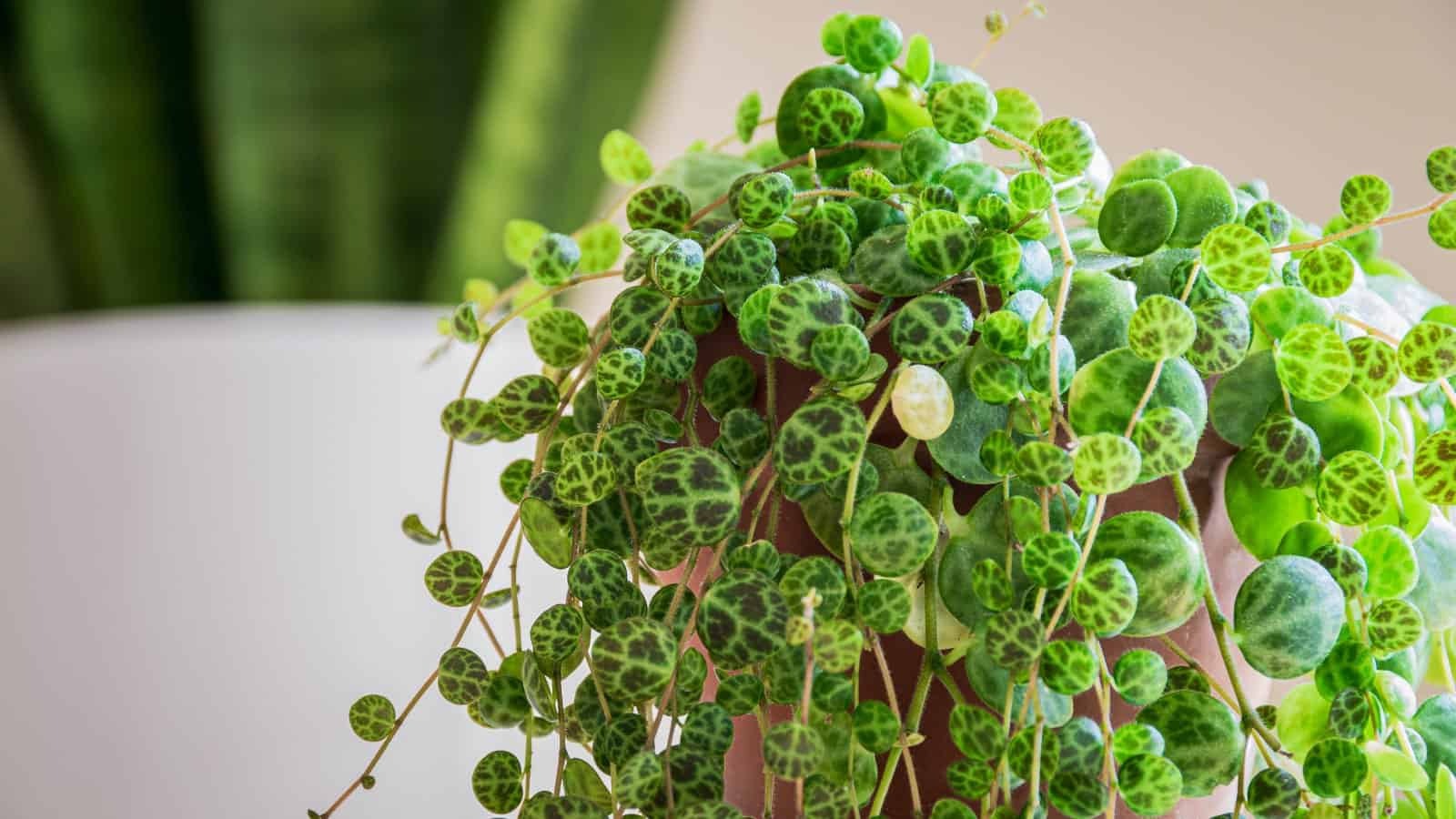
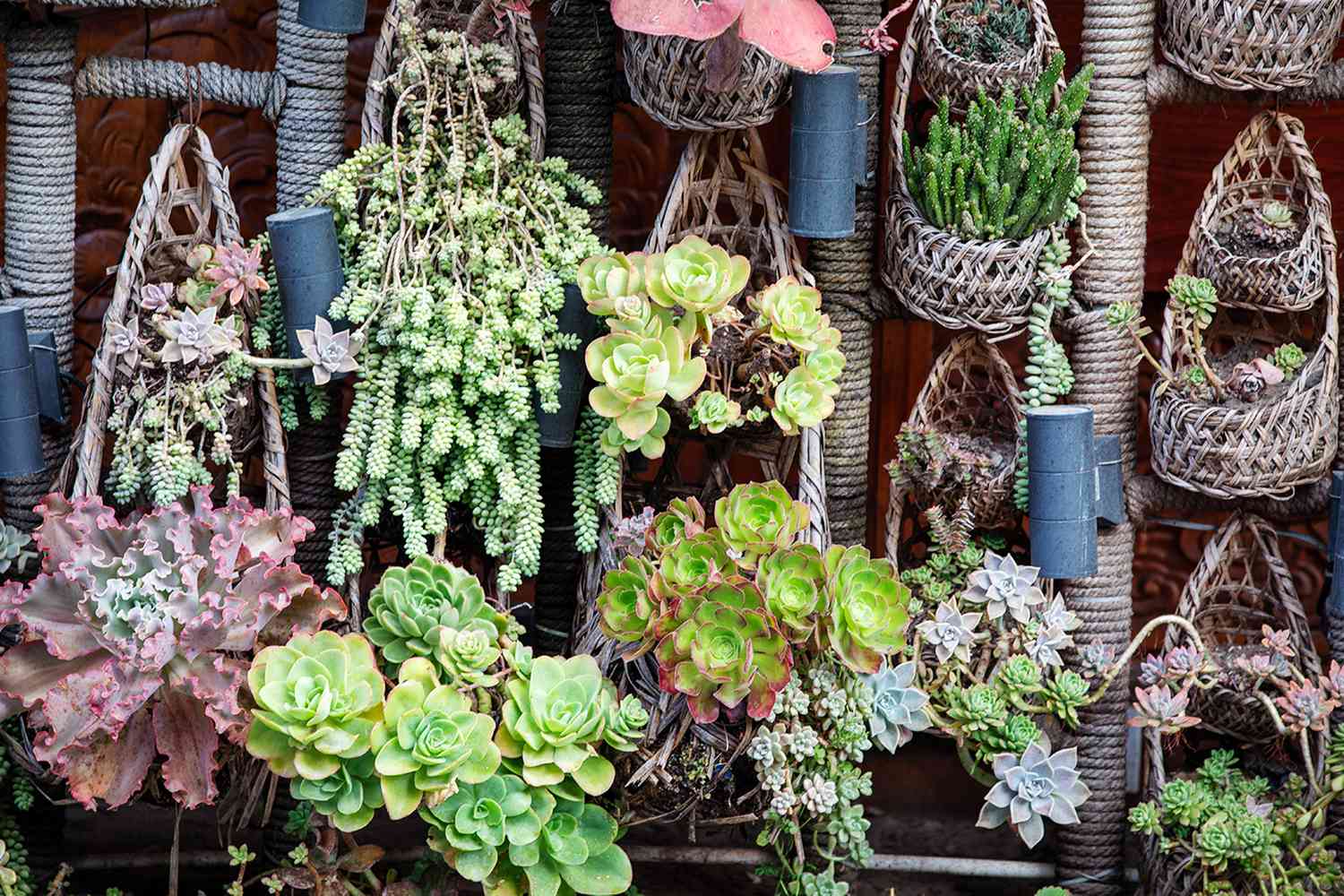
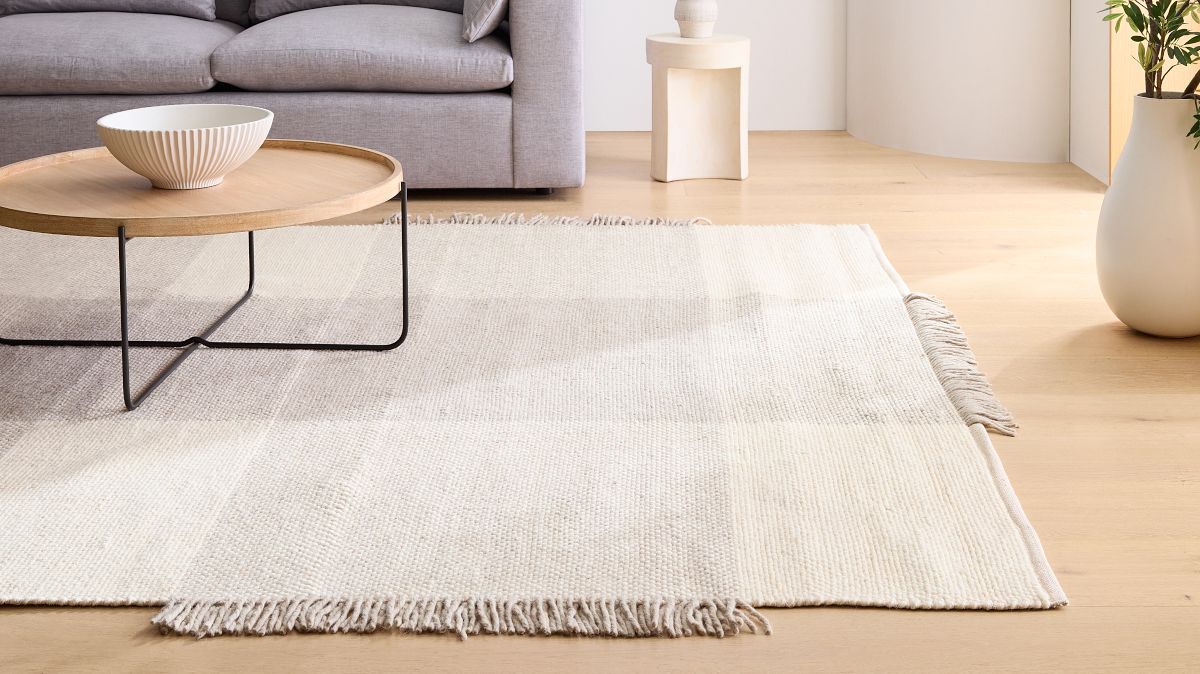
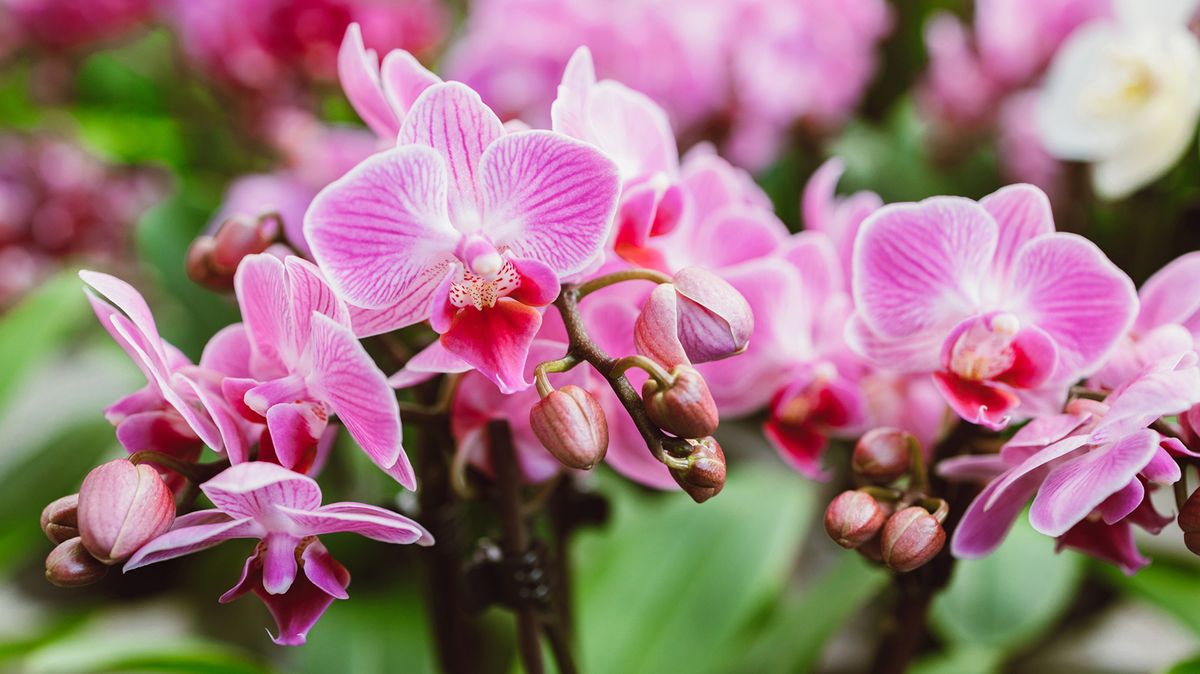
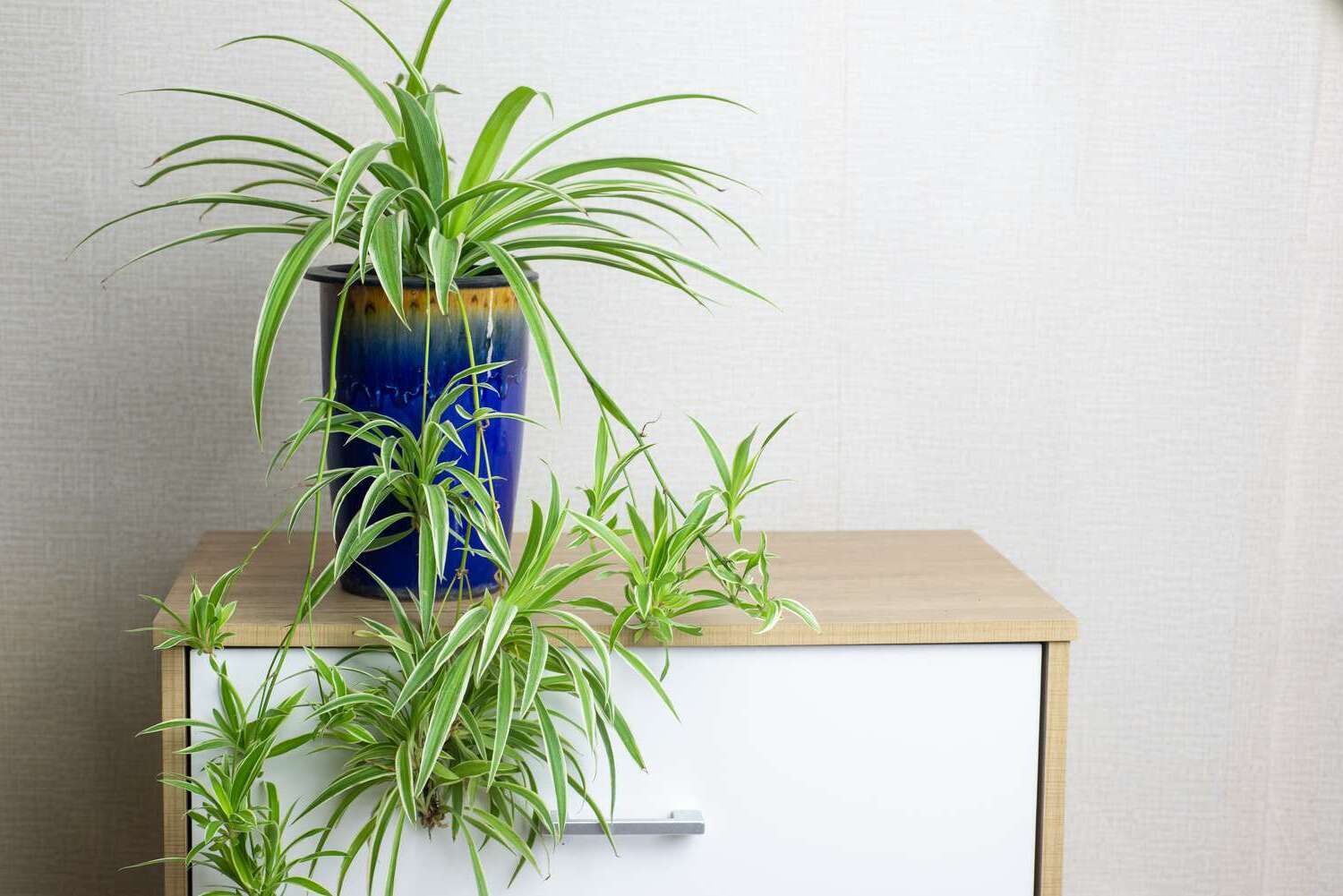
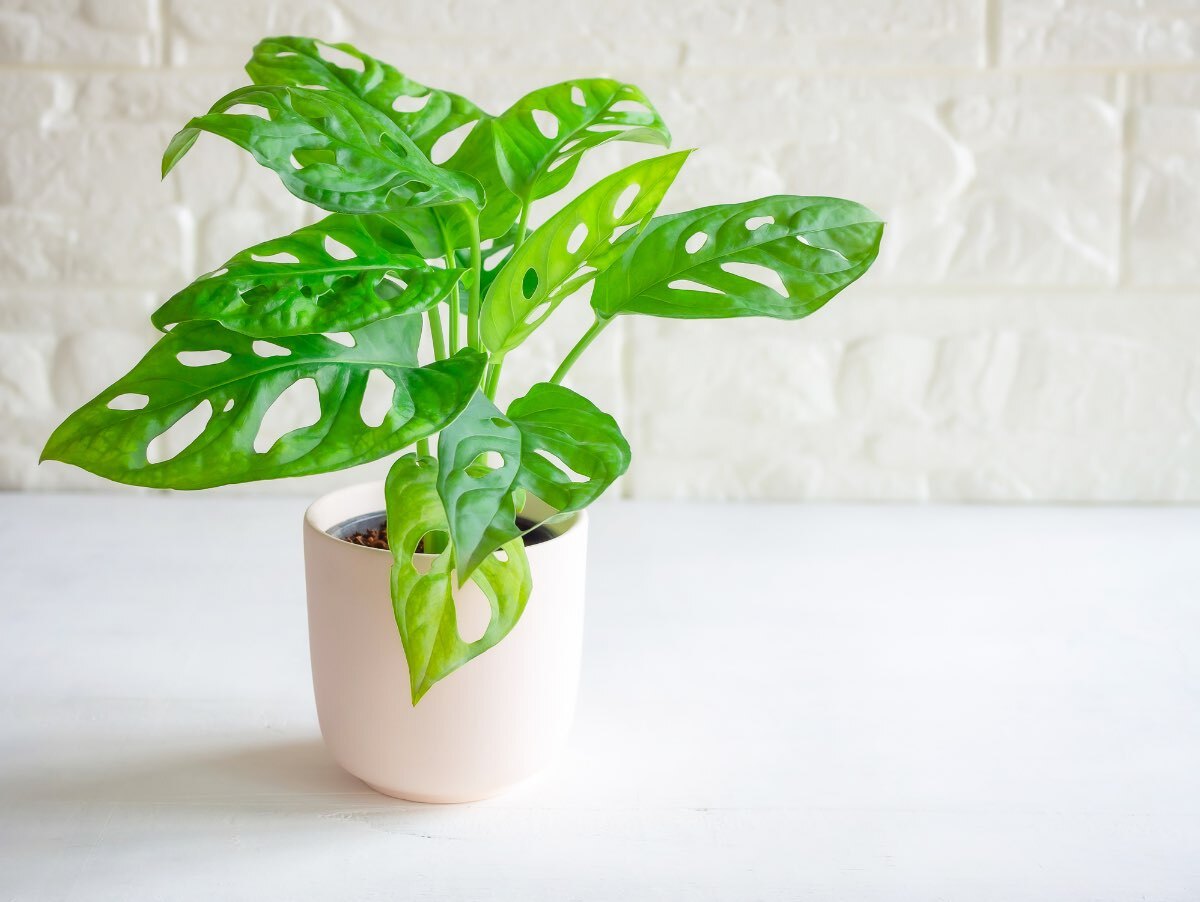
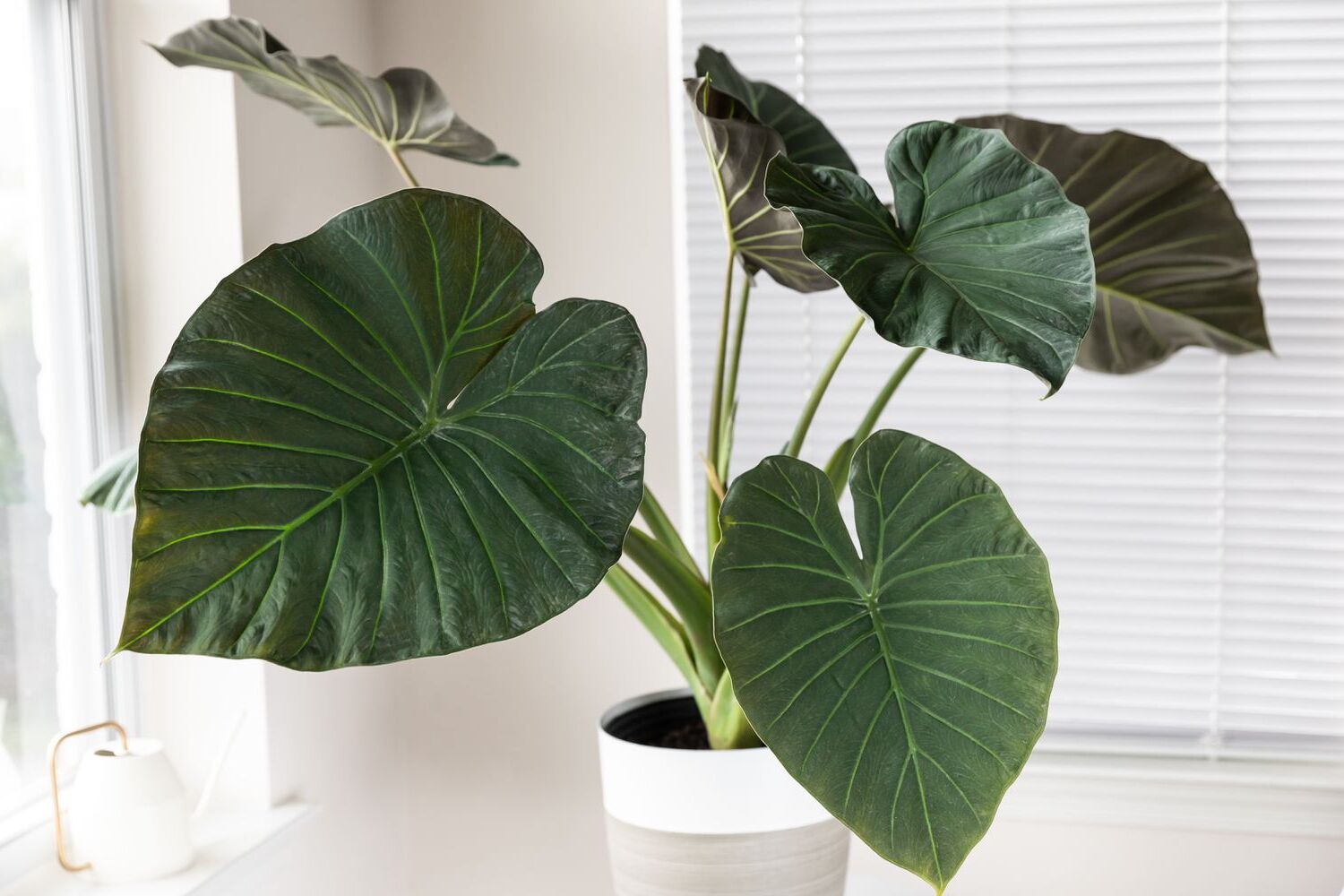
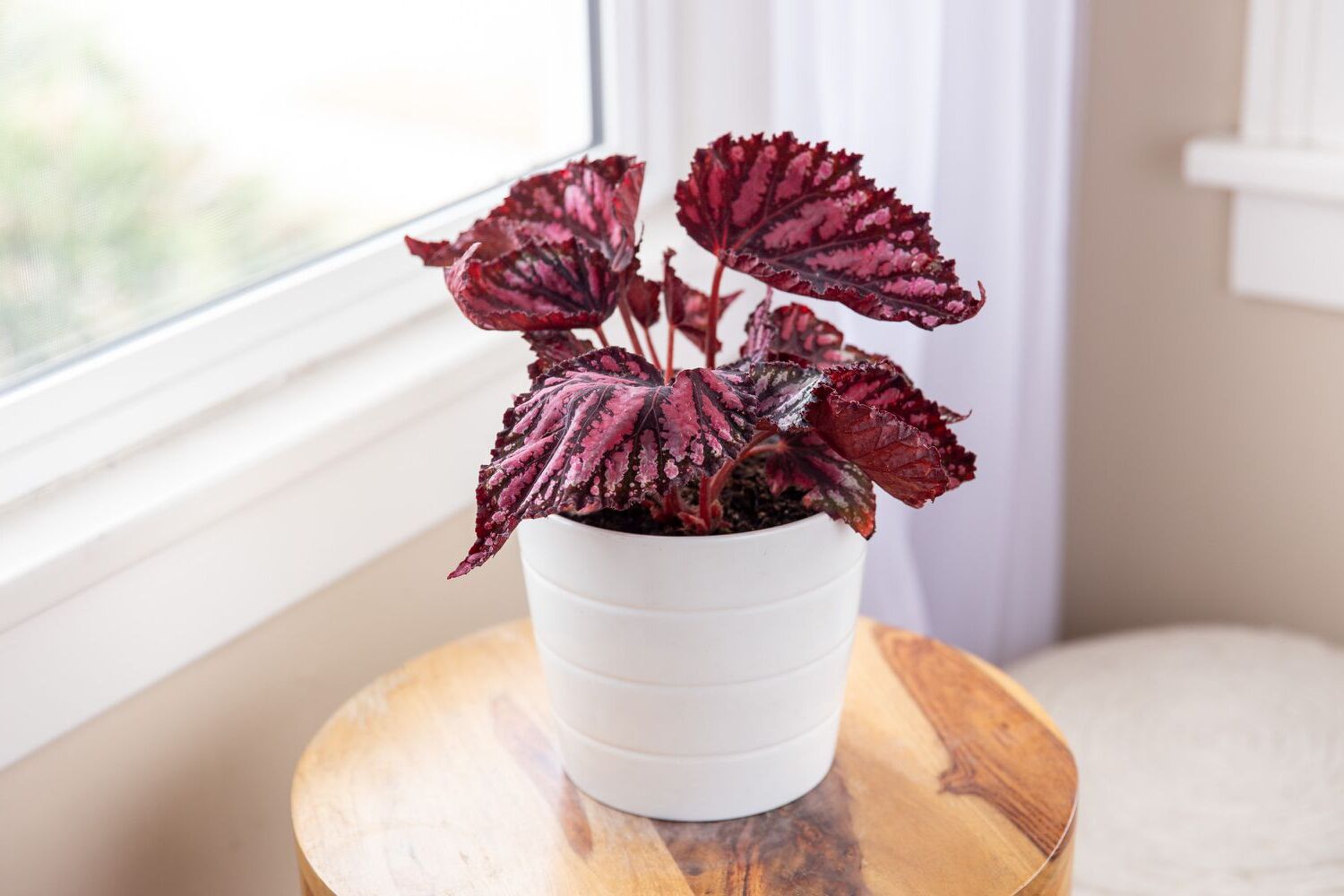
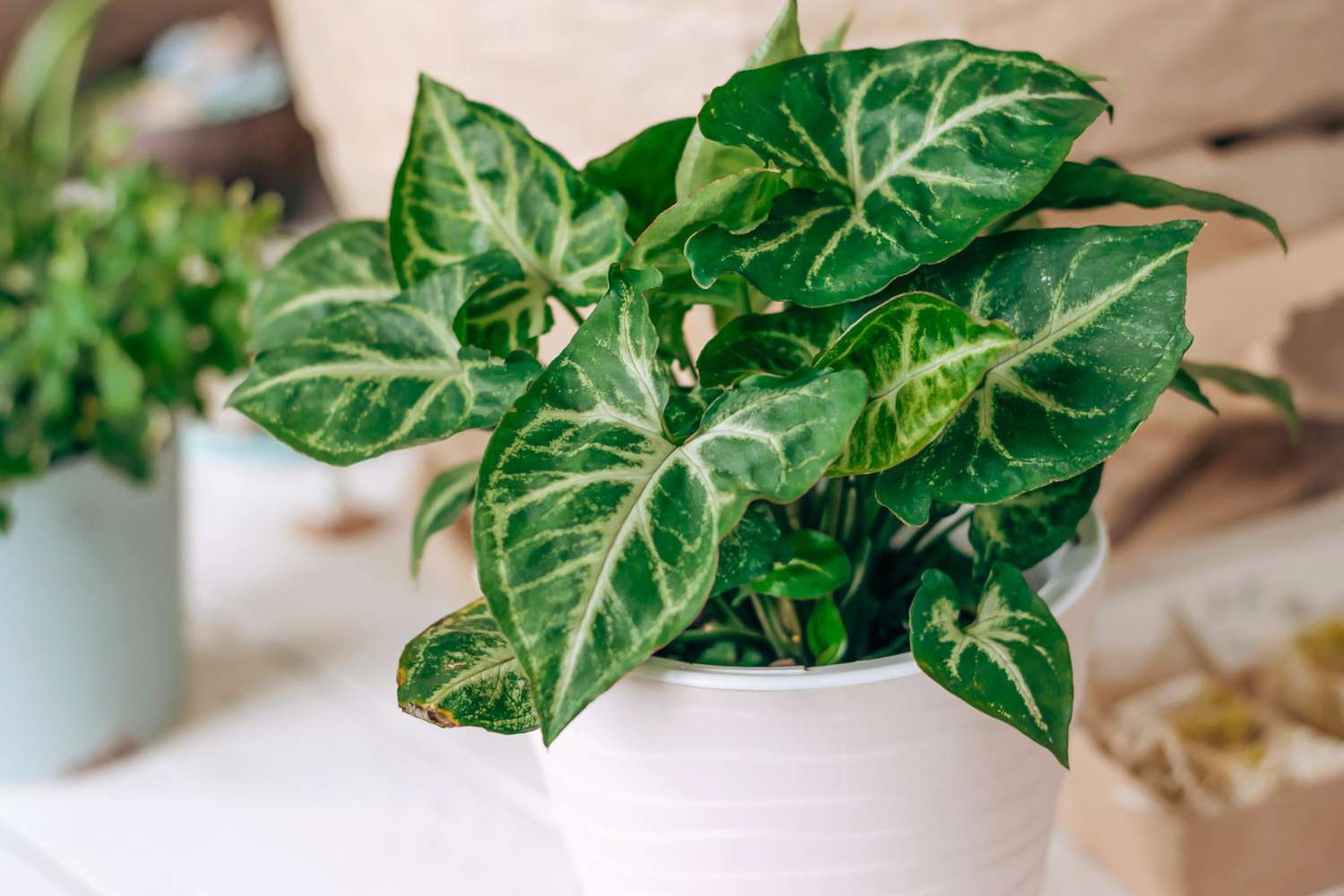
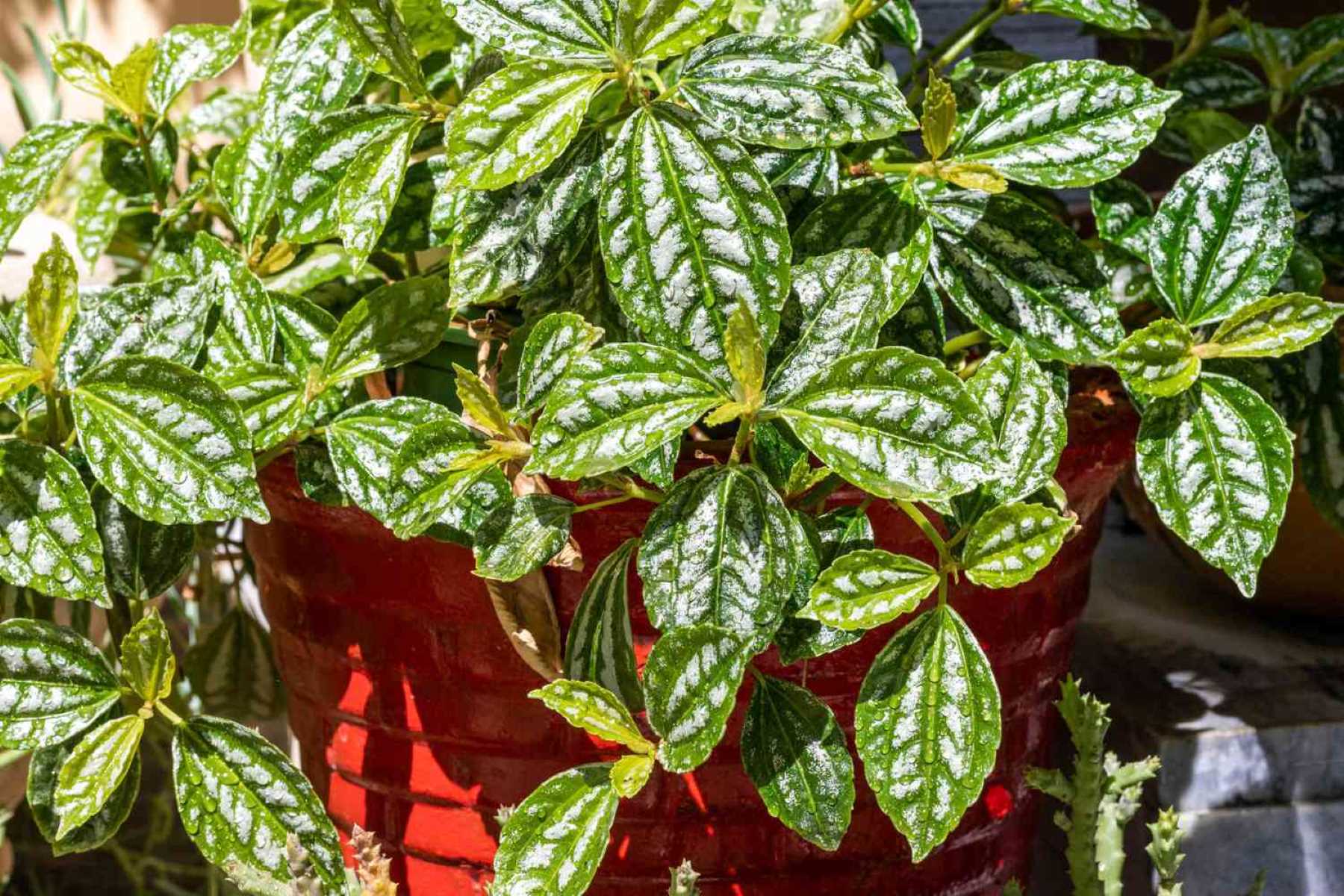
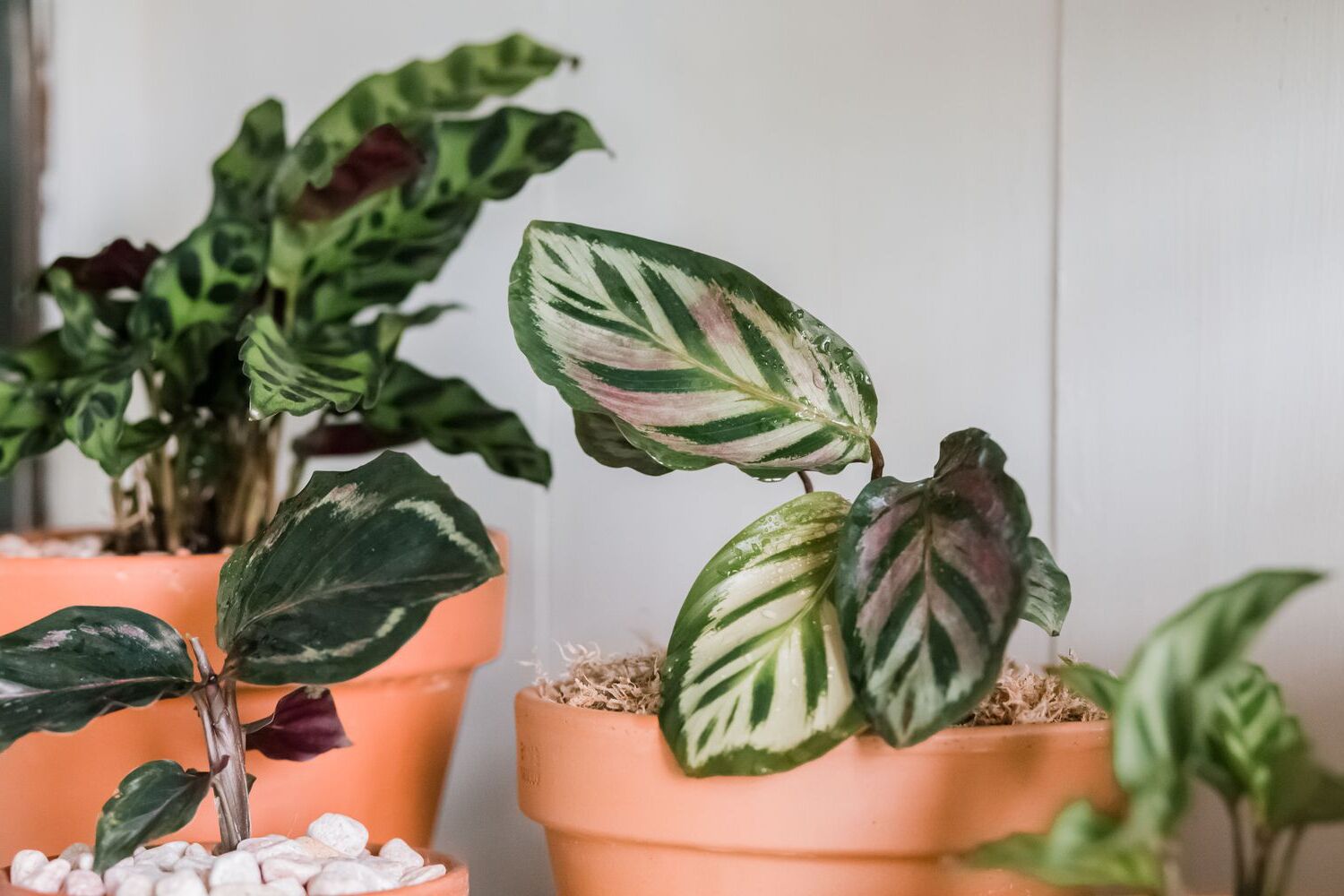

0 thoughts on “Indoor String of Pearls Care Tips for Trailing Succulents”